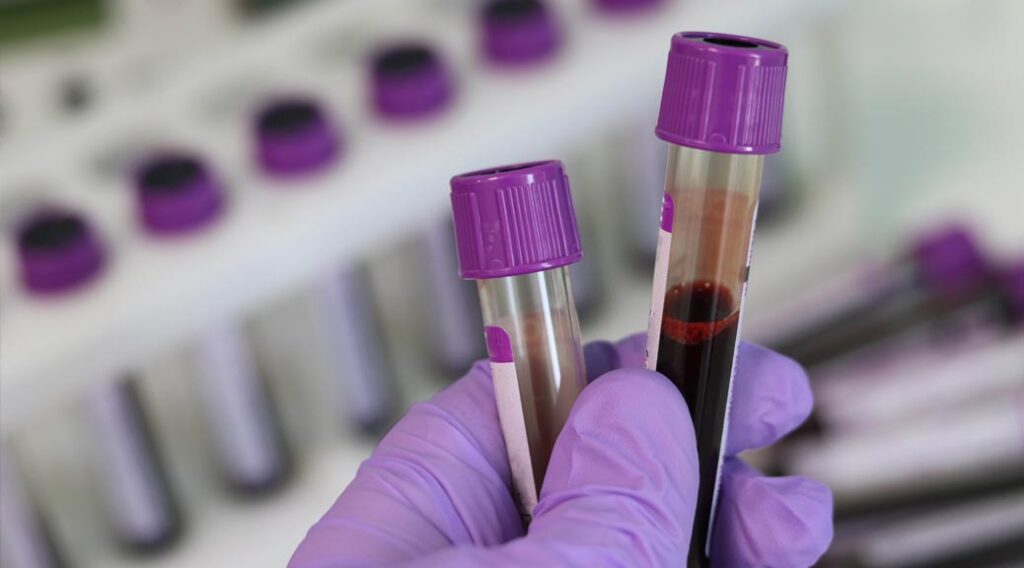If your pet has needed laboratory tests lately, you may have been impacted by yet another of the many continuing consequences of the pandemic: It usually takes longer for us to receive, review and interpret test results now than it did in the days before March 2020.
Here’s why:
- Like our veterinary colleagues throughout the nation, we are experiencing unprecedented demand for our services.
- In the earliest weeks of the pandemic response, we were allowed to offer only “essential” services, creating a backlog of demand for wellness visits and elective procedures.
- Clients spending more time at home with their pets continue to notice more health issues and call for more appointments.
- We (and many of our colleagues) are seeing more new clients and patients who need our services.
- Although we’ve improved with experience, curbside service is still somewhat less efficient than face-to-face interactions, reducing the number of appointments we can offer in a given day and lengthening the time required for each visit. Phone lines are often tied up. Hold times are longer. Nerves are frazzled. This situation has eased since we reopened our exam rooms to clients, but we are still offering curbside service to clients who prefer it and for tech appointments and prescription and food pick-ups.
Through it all, Brownsburg Animal Clinic has been and steadfastly remains here for you and your pet. Our mission is to care for as many patients as we can capably manage while upholding our standards for safety and quality of care. While it may not be “business as usual” as we and our long-term clients had come to know it before the onset of the pandemic, our veterinarians and team remain committed—as always—to providing uncompromising patient care to the very best of our abilities.
The Pandemic’s Impact on Laboratory Test Results
Every laboratory test result requires careful scrutiny and thoughtful evaluation by the veterinarian handling the case. The process cannot and should not be rushed.
How soon our veterinarians and team members are able contact you to discuss your pet’s test results depends on a number of factors. To manage these factors and address the many competing priorities demanding our time and attention every day, we rely on a triage (pronounced TREE-ahzh) system to manage our workflow, including review and analysis of laboratory test results.
When you bring your pet in for an appointment and the doctor or technician take tissue, urine or a fecal sample, or draw blood, we send the specimen to the laboratory—either in-house or outside, depending on the test. How soon we receive test results can vary depending on the lab’s case load and the type of test.
Once the results are in, how soon the veterinarian or a team member can be ready to discuss test results with you varies, too, depending on our current workload and the potential urgency of the case.
In the past, each of our doctors typically had one or two test reports to review and interpret each day. Currently, we are each receiving results from as many as five to seven lab tests a day, and we have to review and interpret each report, formulate a diagnosis and treatment plan options for every case, and contact each owner to discuss next steps.
Using our triage system, we fit this higher volume of lab report-related tasks in among our other duties—seeing pets at regularly-scheduled appointments, performing surgical and dental procedures, completing medical records, reviewing requests for prescription refills, offering medical advice, answering questions and, if necessary, handling emergency cases that may come in.
Within the context of all these daily duties, here’s how we apply triage principles to lab reports:
- Test results for more urgent cases and sicker pets take priority over more routine tests, such as wellness blood tests for apparently healthy pets. A veterinarian treating a seriously ill pet will typically make time to review lab test results at the first opportunity.
- Depending on the purpose of the test and the pet’s medical history, we can sometimes analyze a lab report showing all results within normal ranges more quickly than we can evaluate a report showing one or more abnormalities. A pet who shows symptoms of illness yet tests normally may require further consideration and analysis.
- Regardless of the pet’s apparent state of health, lab reports showing concerning abnormalities may prompt a full review of the pet’s medical records and, perhaps, additional research and consultation to arrive at a diagnosis and develop treatment plan options.
We realize waiting for test results can be agonizing—especially when you’re worried about a sick pet and anxious to find out the diagnosis and get on with treatment. We share your concern and assure you, we always do our very best to process lab test results in the most insightful and timely way possible.
Thank you for your patience and understanding!

